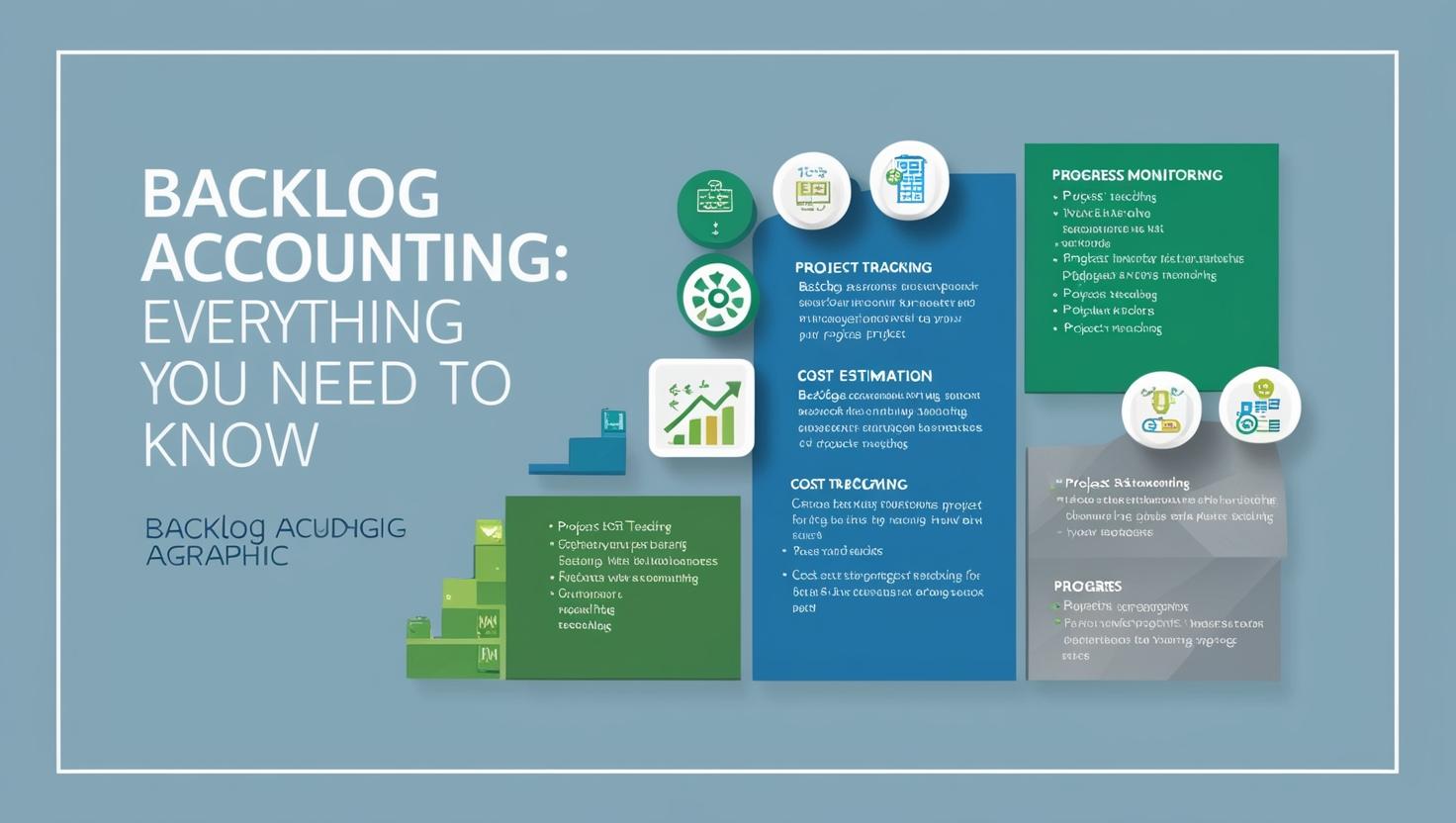Backlog Accounting Explained: Everything You Need to Know

Definition and Importance
Backlog accounting refers to the process of bringing a business's financial records up-to-date after they have been neglected or delayed for a certain period. This task involves updating financial transactions, reconciling bank statements, processing invoices, and preparing reports to ensure the company's accounting records are accurate, complete, and compliant with regulatory requirements.
Backlog accounting is essential for businesses of all sizes, as maintaining accurate financial records is crucial for decision-making, tax filings, audits, and compliance with UAE labor laws, corporate regulations, and tax laws. When companies fail to maintain up-to-date accounting records, they risk financial mismanagement, penalties, and legal consequences. For businesses in Dubai and the UAE, staying on top of accounting tasks ensures smoother operations, better financial planning, and an enhanced reputation with investors and regulators.
This blog will dive deep into the importance of backlog accounting, the risks associated with neglected accounting tasks, and the steps involved in backlog cleanup. We will also discuss the role of accountants vs. software tools, provide real-life examples, and explain how Young and Right can help you with backlog accounting.
Risks of Neglected Accounting
Failing to stay on top of accounting tasks can result in a series of risks that may have long-term consequences for your business. Some of the key risks associated with neglected accounting include:
1. Tax Penalties and Compliance Issues
One of the most significant risks of neglected accounting is the failure to comply with tax regulations. In the UAE, businesses must comply with VAT filings, corporate tax regulations, and other local requirements. If accounting tasks are not completed on time, businesses may miss tax filing deadlines, leading to penalties and fines from regulatory authorities such as the Federal Tax Authority (FTA).
2. Cash Flow Problems
Neglecting accounting can lead to unreconciled accounts, unpaid invoices, and delayed payments, which can severely affect cash flow management. Without accurate tracking of accounts receivable and accounts payable, businesses may struggle to meet financial obligations, impacting operations, investments, and growth.
3. Poor Financial Decision Making
Without up-to-date financial records, it’s impossible for business owners and managers to make informed decisions regarding budgeting, investment, and overall business strategy. Accurate financial records provide the foundation for decision-making, and neglecting these tasks leads to a lack of visibility into your business’s true financial health.
4. Damage to Reputation
Repeated issues with missed payments, tax filings, or financial discrepancies can damage a company’s reputation with stakeholders, investors, suppliers, and customers. This can make it difficult to attract investment, secure loans, or form partnerships, which can stifle business growth.
5. Audit Risks
Businesses must prepare for potential audits by internal or external parties. When financial records are not up to date, audits become a lengthy and costly process. If discrepancies are found, the business could face legal challenges or penalties, further complicating the situation.
Steps in Backlog Accounting
The process of cleaning up a backlog in accounting involves several key steps. These steps aim to restore financial clarity, bring the accounts up to date, and ensure that all financial records are accurate and compliant. Here’s an overview of the typical steps in backlog accounting:
1. Assessment of the Backlog
The first step in addressing backlog accounting is assessing the current state of your financial records. This involves identifying which tasks have been neglected and how far behind the company is. The backlog might include unprocessed transactions, untracked invoices, unpaid bills, or tax filings that were missed. A thorough review helps determine the scope of the backlog and how much work needs to be done.
2. Organizing Financial Data
Once the backlog has been assessed, the next step is to organize the financial data. This includes:
- Categorizing expenses and income: Sorting receipts, invoices, bank statements, and credit card statements into appropriate categories.
- Reorganizing records: Ensuring that all accounting documents are correctly filed, making it easier to reconcile and update records.
3. Reconciliation
Reconciliation is one of the most crucial steps in backlog accounting. It involves comparing internal financial records with external sources like bank statements, credit card statements, and supplier accounts. This helps identify discrepancies that need to be addressed and ensures that all financial transactions have been recorded correctly.
4. Recording Unprocessed Transactions
Any unprocessed transactions or missing entries need to be recorded. This might include:
- Unpaid invoices: Ensure that all bills are processed and tracked to avoid late fees and penalties.
- Outstanding payments: Record any payments that were missed or delayed, including payroll, vendor payments, or tax contributions.
- Credit and debit entries: Any unrecorded credit or debit transactions need to be added to the books.
5. Finalizing Financial Reports
Once the backlog has been cleared, it’s essential to generate up-to-date financial reports, such as the balance sheet, income statement, and cash flow statement. These reports provide a clear picture of the business’s current financial situation and are used for future planning, tax filing, and reporting to stakeholders.
6. Ongoing Monitoring and Maintenance
After clearing the backlog, businesses must put in place processes
